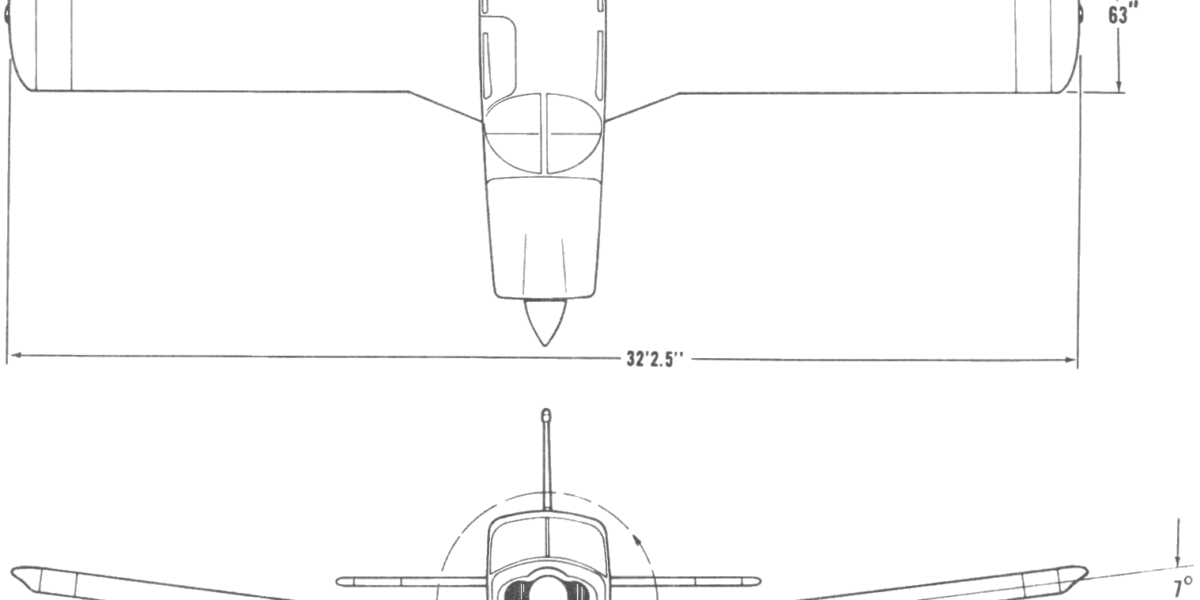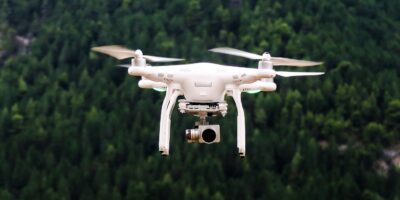Flight schools and pilots building complex time always end up comparing the Piper Arrow and Mooneys. Both’ve got retractable gear and constant-speed props you need for commercial and instrument training. Arrow’s known for being easy to fly and forgiving. Mooneys? They’re all about efficiency and speed. Big difference in philosophy.
Quick Answer: Piper Arrow III cruises at 135 knots on 11 GPH with a 200 hp Lycoming – stable handling, roomy cabin. Mooney M20J cruises at 155 knots on 10 GPH with similar power – way more efficient but tighter cockpit. Useful loads: Arrow 950 pounds, Mooney 900 pounds. Prices: Arrow $60K-$120K, Mooney $60K-$150K. Operating costs: Arrow $160-$210/hour, Mooney $150-$200/hour. Get Arrow for training ease, get Mooney for cross-country efficiency.
Speed and Performance
Arrow’s PA-28R airframe with a 200 hp Lycoming IO-360 gives you respectable but not amazing performance. Cruise speeds hit 130-140 knots depending on model and altitude. Climbs at 800-1,000 fpm at gross. That semi-tapered wing provides good lift but creates more drag than Mooney’s slick laminar-flow design. Takeoff needs 1,600 feet, landing takes 1,300.
Mooney M20J’s sleek airframe hits 155-165 knots cruise – 15-20 knots faster than the Arrow with the same horsepower. Efficient design gives you 800-900 fpm climb. Takeoff’s 1,300 feet, landing’s 1,200 – shorter than the Arrow despite higher approach speeds. Speed difference adds up over distance: a 500-mile trip takes 25-30 minutes less in the Mooney burning similar fuel.
How They Handle
Arrow handles like a heavier Cherokee – predictable, stable, forgiving. Control forces are moderate, you gotta be deliberate with inputs. Tolerates speed variations on approach way better than slicker designs. Stalls are gentle with good warning. Recovery from mistakes is straightforward. These qualities make it perfect for teaching complex aircraft ops.
Flight schools love the Arrow because students transition easily from Cherokees or 172s. Wide cabin and side-by-side seating work great for instruction. Gear extension speed’s high (150 knots) so there’s less risk of students forgetting to drop the gear early. Insurance rates are reasonable for training. Arrow teaches complex fundamentals without punishing minor errors.
Mooney – Demands Precision
Mooneys demand precise airspeed control. That laminar-flow wing provides excellent cruise efficiency but needs specific speeds in the pattern. Come in too fast and you’ll float forever. Too slow and sink rate gets dramatic. Low wing loading makes turbulence more noticeable. Stalls are gentle but it doesn’t forgive sloppy technique.
Manual landing gear must be extended by 140 knots – lower than Arrow’s limit. Students forget sometimes, leading to gear-up landings. Tight cockpit feels cozy or cramped depending on your size. Narrow cabin makes instruction slightly tougher. But here’s the thing – Mooneys teach precision flying. Pilots who master Mooneys tend to fly any aircraft well. The efficiency rewards proficiency.
Useful Load
Arrow provides about 950 pounds useful load. With full 77-gallon tanks (462 pounds), payload’s 488 pounds. Two adults with bags fit comfortably. Four adults require reduced fuel. Cabin width’s 42 inches, same as Cherokee. Baggage capacity hits 200 pounds behind the rear seats. Arrow’s utility works well for training and light cross-country.
Mooneys offer 880-920 pounds useful load depending on equipment. Full fuel (64 gallons, 384 pounds) leaves 500-540 pounds for people. Narrower cabin at 43.5 inches feels tighter despite similar dimensions. Four adults fit physically but weight limits often restrict this to two people with fuel. Baggage space’s adequate but access is harder than the Arrow. Both aircraft work best for two people with bags.
What It Costs
Arrow burns 10-11 GPH in cruise at typical power. At $6 per gallon, fuel’s $60-$66 per hour. Annuals run $2,500-$4,000 including gear inspection and maintenance. Engine TBO’s 2,000 hours, overhauls cost $30K-$35K. Insurance is $1,800-$3,000 depending on experience. Total hourly costs including reserves average $160-$210.
Mooney consumes 9-10 GPH despite higher speeds – way more efficient. Fuel costs $54-$60 per hour. Annuals cost $2,500-$4,500 with retractable gear adding complexity. Engine reserves are similar at 2,000-hour TBO and $30K-$35K overhaul. Insurance runs slightly higher at $2K-$3,500 due to faster, slicker characteristics. Total operating costs average $150-$200 per hour. Mooney’s efficiency provides modest cost savings plus significant time savings.
Market and Pricing
Piper produced thousands of Arrows from 1967 to present (still building Arrow IIIs). Used 1970s-1990s models sell for $60K-$90K. Well-equipped examples with glass panels hit $100K-$120K. The huge fleet means parts availability and easy resale. Most mechanics know Arrows. Financing’s straightforward. Arrow’s popularity in training maintains steady demand.
Mooney M20 series from the 1970s-1990s range from $60K-$120K depending on model and equipment. Glass-panel examples command $130K-$150K. Smaller Mooney fleet means less selection but adequate availability. Parts come from specialized Mooney suppliers. Not all mechanics are comfortable with Mooney systems. Resale’s slightly slower than Arrows but values remain stable for good examples. Mooney owners who know what they’re doing find the efficiency worth the smaller market.
Insurance and Training
Insurance for Arrows requires complex endorsement (typically 10 hours dual) for new complex pilots. Experienced pilots transition with 5 hours dual. Insurance companies view Arrows as friendly trainers with reasonable rates. Most pilots solo after 2-3 hours dual. Gear system’s straightforward mechanically. Transitioning from fixed-gear’s easy.
Mooney insurance demands 10-25 hours dual depending on experience. Faster, slicker characteristics create higher perceived risk. Insurance costs run 10-20% higher than Arrows. Pilots need 10-15 hours to feel proficient in Mooneys. Gear system’s different operation requires careful training. But once you’ve mastered it, Mooneys provide rewarding flying with excellent cross-country capability. Recurrent training’s recommended annually.
Which One?
Get the Arrow for complex training, flight school ops, or if you want docile handling. Forgiving characteristics build confidence. Roomier cabin accommodates instruction better. Parts availability and mechanic familiarity simplify ownership. Arrow works well for pilots flying occasionally or those who prioritize ease over maximum efficiency. For building complex time toward commercial, Arrow’s perfect.
Get the Mooney if efficiency and speed matter most. Pilots flying 100+ hours yearly across 300+ mile routes save serious time and fuel. Accept the tighter cockpit and more demanding handling as tradeoffs for that 20-knot speed advantage. Mooney rewards proficient pilots with exceptional performance per dollar. For serious cross-country with two people, Mooney’s efficiency’s hard to beat. Both aircraft have loyal followings – your mission and priorities determine which fits better.
Join the Aircraft Insider Community
Get exclusive backcountry flying tips, aircraft reviews, and Western aviation destinations delivered to your inbox.
✈️ No spam, ever. Unsubscribe anytime. Privacy respected.



Leave a Reply